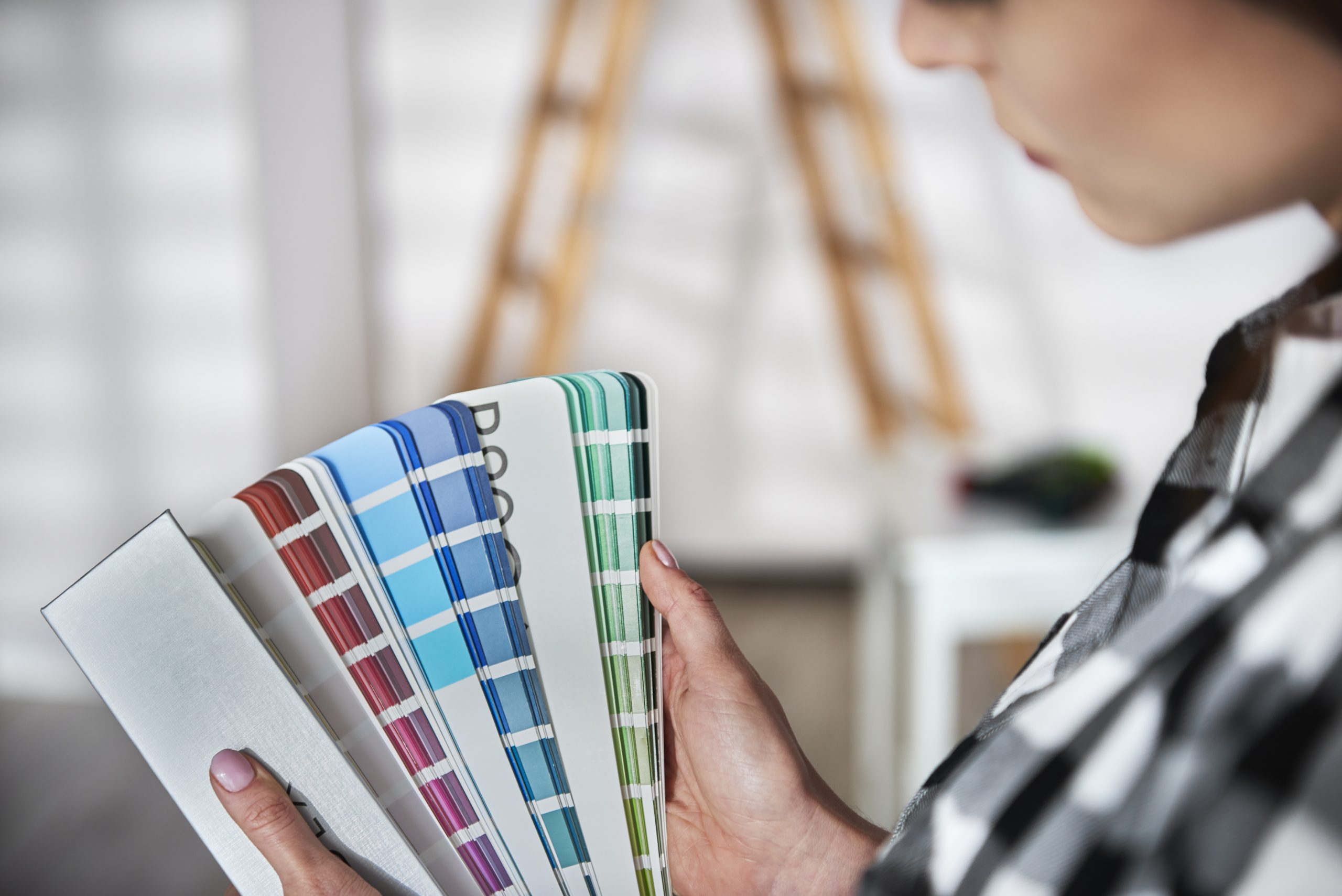

Your brand’s colour palette is one of the first things customers will notice, so it’s important to choose colours that reflect your brand’s personality and appeal to your target audience. Here are a few tips to help you choose the perfect colours for your brand.
When it comes to choosing your brand colours you will want to consider your company’s personality, mission and values and decide what colours will work well together and complement each other.
Your brand’s colour palette should be an extension of your brand’s personality. If your brand is fun and youthful, you’ll want to choose bright, energetic colours. If your brand is more sophisticated, you’ll want to choose classic, elegant colours.
It can be helpful to create a mood board with inspiration images to get a feel for the desired aesthetic.
Who are you trying to reach with your brand? Think about your target audience and what colours they would respond to.
If you’re targeting a female audience, you’ll want to use colours that would appeal to women, such as pastel & bright shades of pinks or purples. Or if you’re targeting a younger audience, you’ll want to use brighter colours that attract them. Keep your target audience in mind when choosing your colour palette.
While there is no definitive science behind colour psychology, there are some general principles that can be applied to branding. By understanding how colours impact our emotions and behaviours, brands can use colour to their advantage and create a strong emotional connection with their customers.
Some common examples of colour psychology in branding are:
Red: Red is commonly used to convey excitement, energy and passion.
Orange: Orange stands for happiness, adventure and playfulness. Orange is often used by companies that want to stand out.
Yellow: Yellow is often used to convey happiness, optimism and energy. Try not to use yellow directly next to black as this can also mean danger.
Green: Green is commonly used to convey nature, growth, and health.
Blue: Dark Blue is often used to convey trustworthiness, serenity and professionalism. A light blue conveys the feeling of tranquillity.
Purple: Purple is commonly used to convey royalty, luxury and sophistication.
Pink: Pink is great to convey femininity, youth and innocence.
It’s important to limit your palette to a few colours so that your brand is easily recognisable. Try to choose 2-3 colours that complement each other and avoid using more than 5 colours in your palette.
A brand colour scheme can be created using a basic colour wheel by selecting a main brand colour and two or three complementary colours. The main brand colour should be used for the majority of branding materials, such as the website, business cards and marketing collateral. The complementary colours can be used for accent pieces, such as in the logo or on social media posts.
Once you’ve narrowed down your colour choices, it’s important to test them out to see how they look in different mediums. Print out your colours on paper and see how they look in different lighting conditions. Create digital versions of your colours and see how they look on different devices. And finally, order physical samples of your colours to see how they look in real life.
By following these tips, you can choose a colour palette that will reflect your brand’s personality and appeal to your target audience. But if you’re unsure about working on this process yourself, get in touch via my enquiry form and we can discuss your needs.
Are you ready to turn your dream into a reality?
Fill out the form below or email me directly at info@megstyles.co.uk